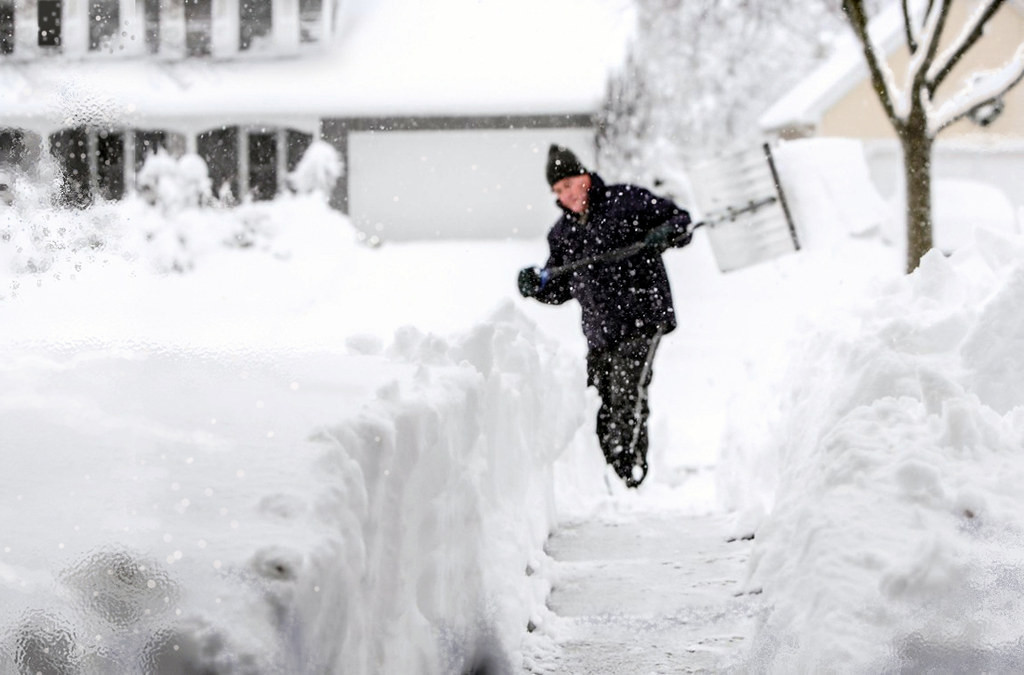The Next ‘Storm of the Century’ Could Be Even More Destructive, New Study Shows

©️Golfeser
The most powerful nor’easters are becoming more dangerous. A new study says climate change is making them stronger.
What Fuels These Storms?

Nor’easters are storms that hit the U.S. East Coast with heavy rain, snow, and floods. They usually happen from September to April. These storms form when cold Arctic air meets warm, wet air from the Atlantic.
They often strike big cities and can cause major damage. Some past storms are remembered by dramatic names.
In 1993, the “Storm of the Century” brought 100 mph winds and nearly 60 inches of snow in places. It killed more than 200 people.
In 2010, “Snowmageddon” dropped over 20 inches of snow on several states. It killed 41 people and cut power to hundreds of thousands.
Climate scientist Michael Mann was stuck in a hotel for three days during Snowmageddon. That event led him to study how warming affects these storms.
Fifteen years later, he and other scientists found some answers.
The study looked at 900 nor’easters from 1940 to 2025. It found the strongest ones now have wind speeds about 6% higher.
Stronger Storms, Greater Damage

That may sound small, but it leads to 20% more damage.
Rain and snowfall from these storms also increased by about 10%.
Mann says this happens because of simple physics. Warmer air and oceans cause more evaporation. That means more moisture in the air and more intense rain and snow.
While climate change may reduce the number of nor’easters, the ones that do form could be more powerful.
The 1962 “Ash Wednesday” storm, for example, caused damage equal to tens of billions of dollars today. It hit the East Coast like a major hurricane.
The study warns that flooding risks in East Coast cities may be greater than expected. Mann says nor’easters have been overlooked in climate research. That needs to change.
You might also want to read: World’s Oldest Marathon Runner, 114, Dies After Hit by Car


